
Adding Retrieval-Augmented Generation (RAG) to Your GraphQL API
Apr 28, 2024 8 mins read
How to add retrieval-augmented generation (RAG) to your @neo4j/graphql projects using LangChain.js, step-by-step. Read more →

How to add retrieval-augmented generation (RAG) to your @neo4j/graphql projects using LangChain.js, step-by-step. Read more →
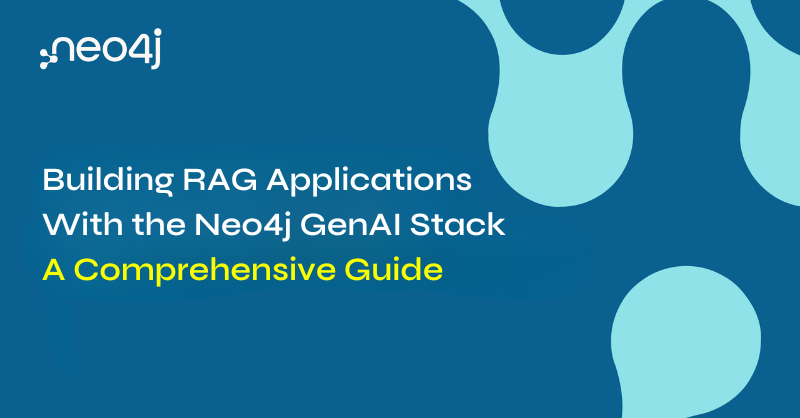
A guide to building LLM applications with the Neo4j GenAI Stack on LangChain, from initializing the database to building RAG strategies. Read more →

What LLM & Graph May Bring to the Future of Knowledge GraphsNight light at Federation Square in Melbourne, photo by AuthorAbstractIn the last several decades, when people consider building a knowledge-related solution, they tend to look into two distinct directions based… Read more →
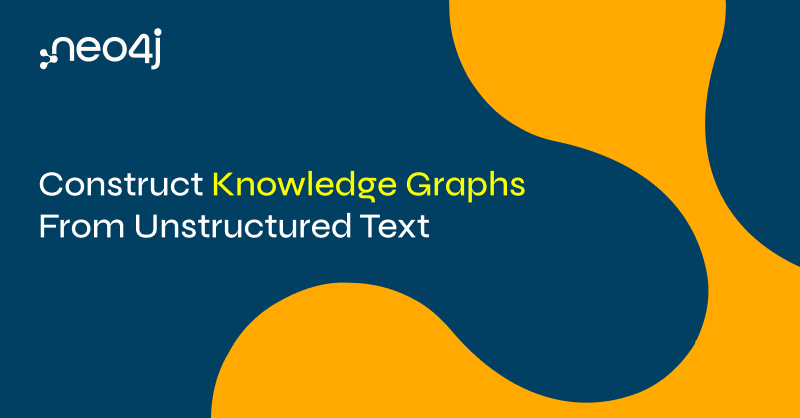
In this blog post, we will explore extracting information from unstructured data to construct a knowledge graph. Read more →
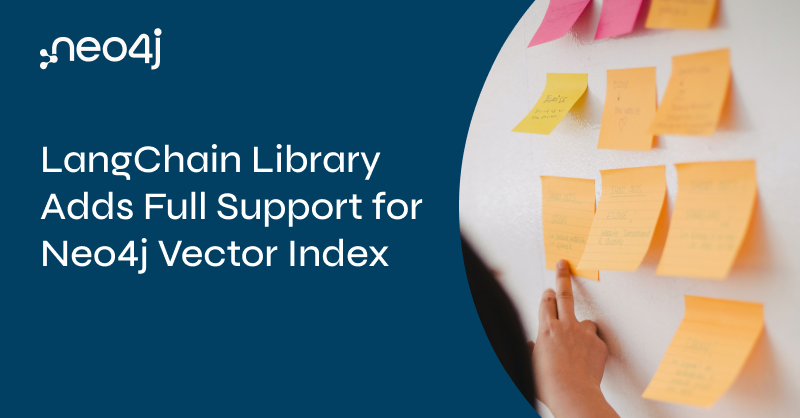
Learn how to use LangChain and Neo4j vector index to build a simple RAG application that can effectively answer questions. Read more →

Learn when to use graph data models, like parent-child, question-based, and topic-summary, for RAG applications powered by knowledge graphs. Read more →

Combining Neo4j knowledge graphs, vector search, and Cypher LangChain templates using LangChain agents for enhanced information retrieval. Read more →

A practical guide to constructing and retrieving information from knowledge graphs in RAG applications with Neo4j and LangChain. Read more →

Learn how Neo4j can help you make sense of your unstructured data. Enroll in this new free course on GraphAcademy.There’s a new course on GraphAcademy: Introduction to Vector Indexes and Unstructured Data.This course teaches you to understand unstructured data using… Read more →

Learn how to retrieve information that spans across multiple documents through multi-hop question answering using knowledge graphs and LLMs. Read more →
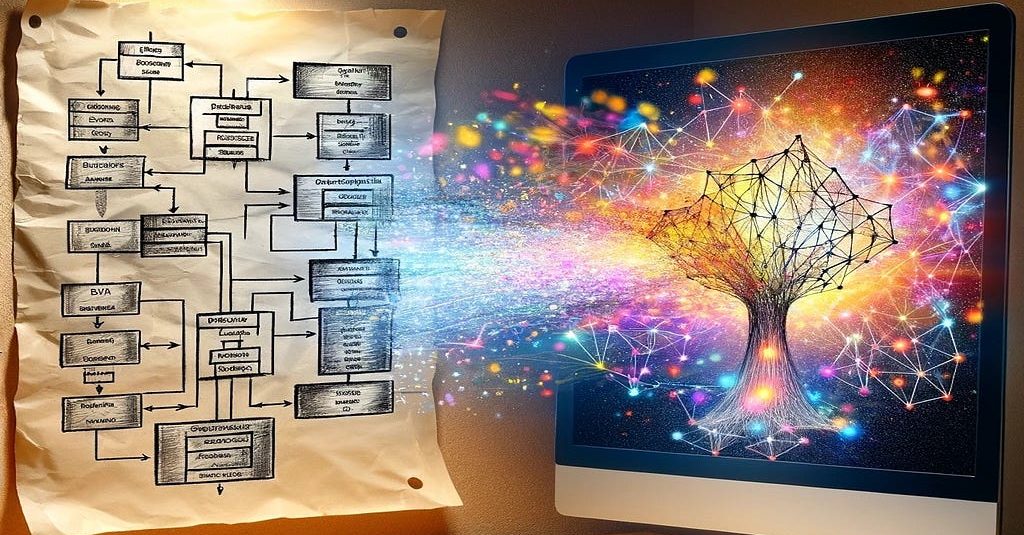
Learn how to use GenAI to transform an ER diagram into assets of a property graph model stored in Neo4j easily with Google's Gemini Pro. Read more →
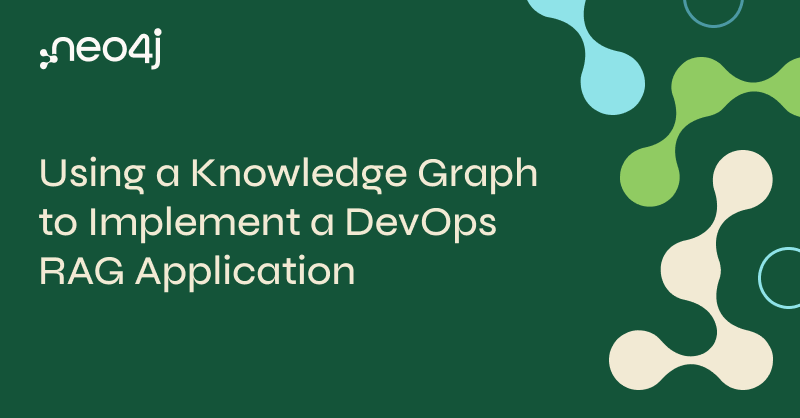
Learn how to implement a knowledge graph-based RAG application with LangChain to support your DevOps team. Read more →
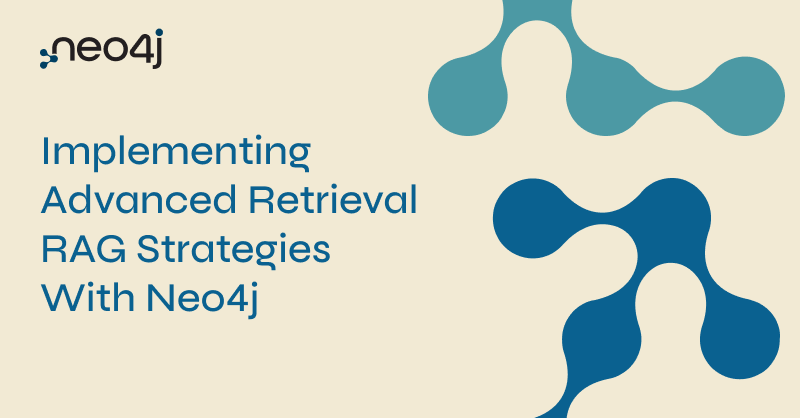
In this blog, you will learn how to use the neo4j-advanced-rag template in LangServe Playground to implement advanced RAG strategies. Read more →

Learn how to write graph retrieval queries that supplement or ground the LLM’s answer for your RAG application, using Python and Langchain. Read more →
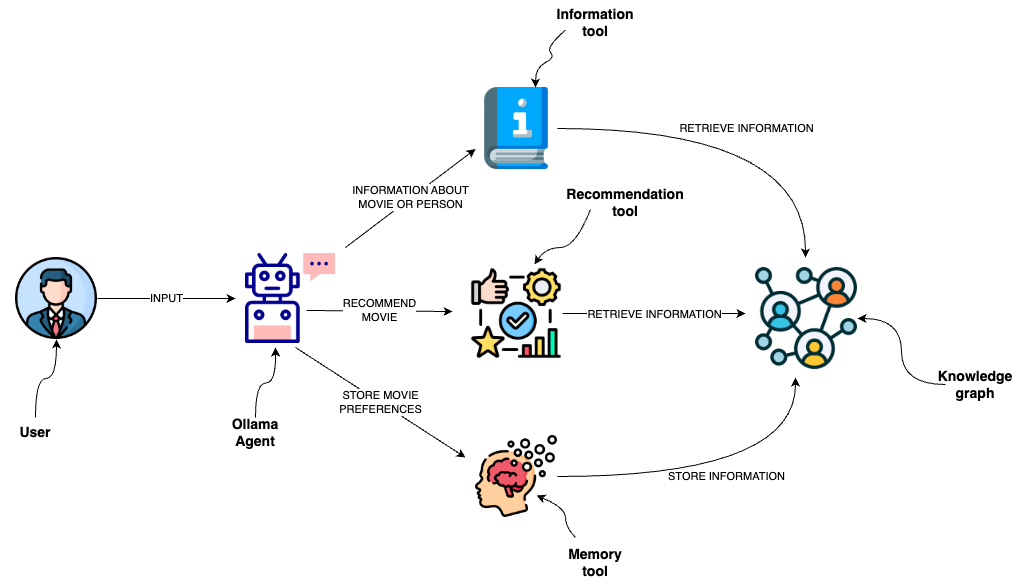
Learn to implement a Mixtral agent with Ollama and Langchain that interacts with a Neo4j graph database through a semantic layer. Read more →

In this tutorial, we’ll extract Youtube data, integrate it into Neo4j, and create an interactive, personalized LLM with LangChain. Read more →

Check out the demonstration of using Langchain v0.1 to update Neo4j & LLM courses on the Neo4j GraphAcademy. Read more →

Learn how to scrape YouTube video transcripts into a knowledge graph for Retrieval Augmented Generation (RAG) applications. Read more →

Learn how to use PDF documents to build a graph and LLM-powered retrieval augmented generation application. Read more →

Exploring the Shortcomings of Text Embedding Retrieval for LLM GenerationLoch Awe in Scotland, photo by author.AbstractExternal knowledge is the key to resolving the problems of LLMs such as hallucination and outdated knowledge, which can make LLMs generate more accurate and reliable… Read more →

The Neo4j Vector Index implementation in LangChain has many customizable options available. Learn how to do them for your RAG application. Read more →

Natural language processing made easy. Learn how to analyze annual reports using Large Language Models and knowledge graphs. Read more →
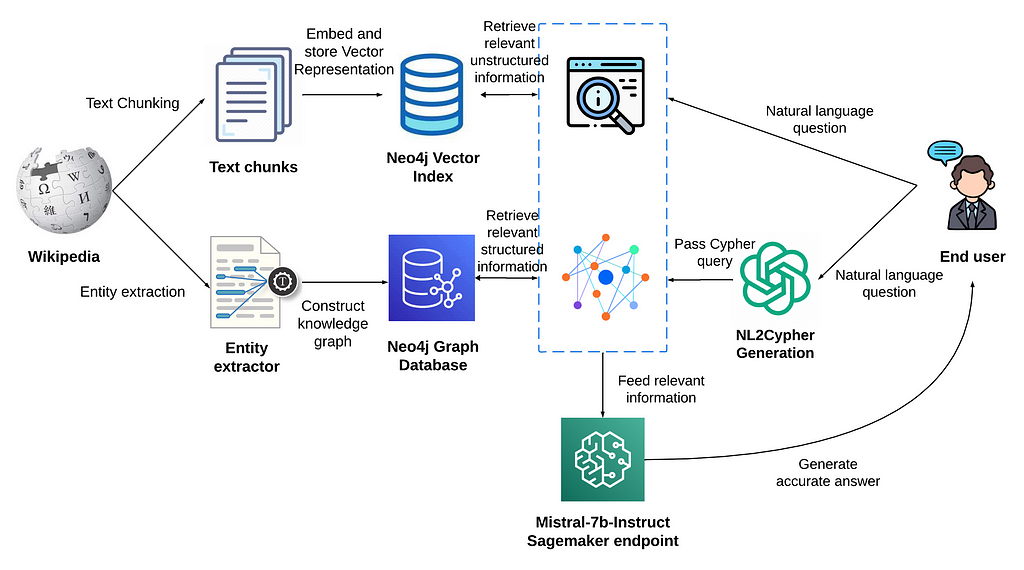
Neo4j Vector Index and GraphCypherQAChain for optimizing the synthesis of information for informed response generation with Mistral-7b Read more →

As the final blog post of the Project NaLLM blog series, we reflect on the positive aspects and challenges encountered during this project. Read more →

Learn how Adam built an educational chatbot for GraphAcademy with Neo4j using Large Language Models and vector search. Read more →